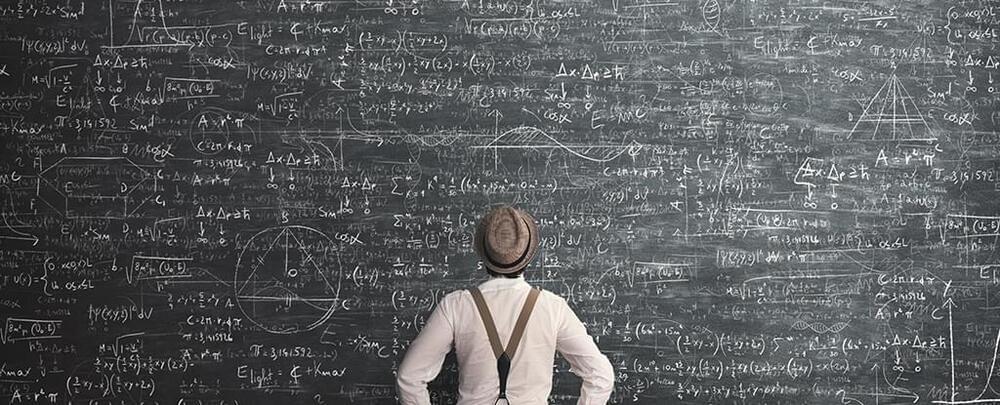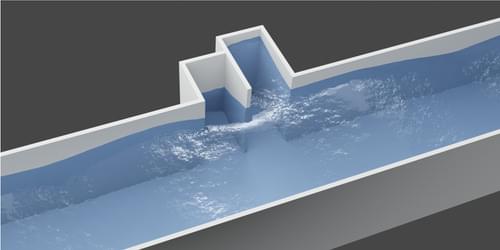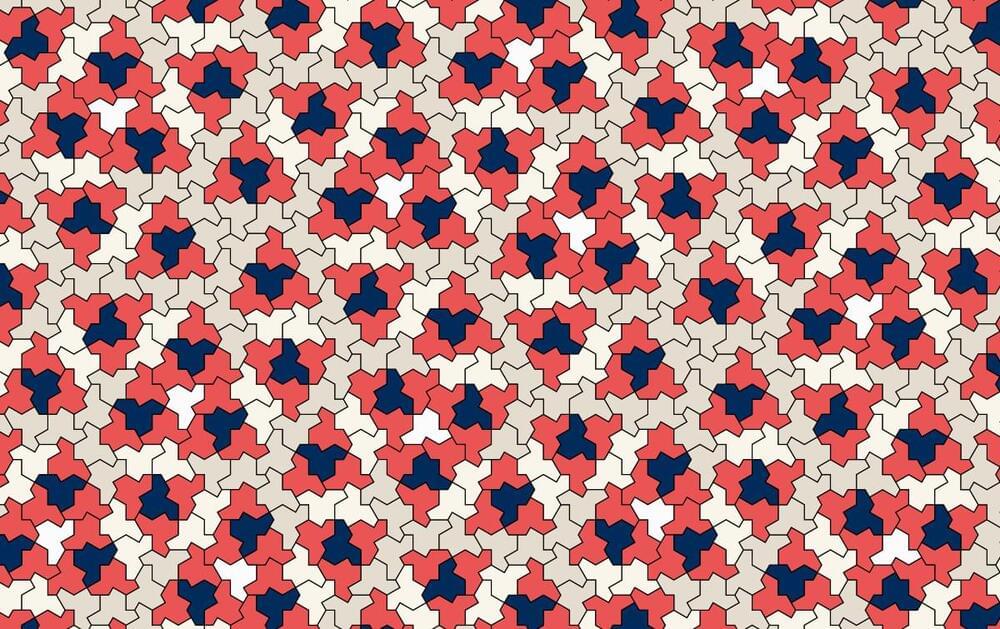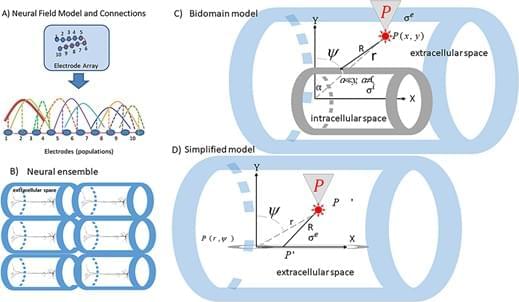Nov 19, 2023
Are We Actually Living in a Multiverse? The Basic Math May Be Wrong
Posted by Kelvin Dafiaghor in categories: alien life, mathematics, particle physics
One of the most startling scientific discoveries of recent decades is that physics appears to be fine-tuned for life. This means that for life to be possible, certain numbers in physics had to fall within a certain, very narrow range.
One of the examples of fine-tuning which has most baffled physicists is the strength of dark energy, the force that powers the accelerating expansion of the universe.
If that force had been just a little stronger, matter couldn’t clump together. No two particles would have ever combined, meaning no stars, planets, or any kind of structural complexity, and therefore no life.

















